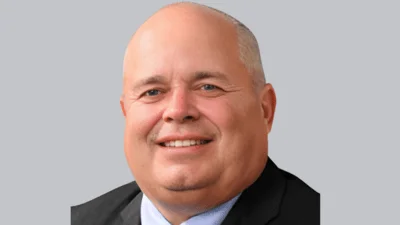OSF Saint Luke Medical Center recently issued the following announcement.
Varicose veins and their relative, spider veins, are rarely serious, but they can be painful and are associated with the development of several conditions. While the exact causes for these conditions are unknown, there are steps you can take to manage and treat them.
Spider and varicose veins
Spider veins appear when a small group of veins near the skin’s surface becomes dilated. They appear as purple sunbursts or web vein patterns and are commonly found on the face and legs.
Varicose veins are located deeper in the skin than spider veins and may appear raised, bulging or twisted, and often are blue, red or flesh colored. The damaged vein is a result of the one-way valves in the vein become weakened or damaged, causing blood to collect in the vein. Varicose veins are often found on the thighs, calves or inside the leg.
Some contributing factors for varicose veins include pregnancy, heredity, prolonged standing, age, heavy lifting and hormonal changes. Whatever the cause may be, the weak or damaged valves in the vein can lead to inflammation, blood clots and ulcers when there is not proper drainage in the enlarged vein.
What you can do
Varicose veins can cause pain and embarrassment, and you should talk to your primary care provider if the area is tender to the touch, warm, swollen or rash or sores appear on your leg around the ankle area. And while you may not be able to keep varicose veins from forming, here are some tips to help prevent them from worsening:
Don’t stand or sit for long periods of time
Don’t cross your legs while seated
Don’t wear tight clothes, especially those that are constricting around the waist, groin or thighs
Elevate your legs when sitting or lying down, keeping them raised above your heart when possible
Exercise regularly to strengthen the muscles in your legs
Lose weight to improve blood flow
Treatment options
Treatment may include:
Compression therapy: Wearing compression stocking can improve the symptoms of varicose veins.
Sclerotherapy: Injecting concentrated saline or specially-developed solution into the spider or small varicose vein. The solution irritates the inside of the vein, and over time, the vein will collapse, and nearby blood vessels absorb the blood flow.
Ambulatory phlebectomy: Removal of the vein by tiny punctures or incisions along the path of the enlarged vein. Through these tiny holes, the surgeon uses a surgical hook to remove the varicose vein.
Electrodesiccation: Sealing of the veins with the use of an electrical current.
Laser surgery and intense pulsed light therapy: Destroying abnormal veins by high-intensity laser beams or intense pulsating light.
Surgical ligation and stripping: Making an incision in the skin and removing or tying off the blood vessel. This procedure is done for severe cases of varicose veins.
Original source can be found here.
.jpg)





 Alerts Sign-up
Alerts Sign-up